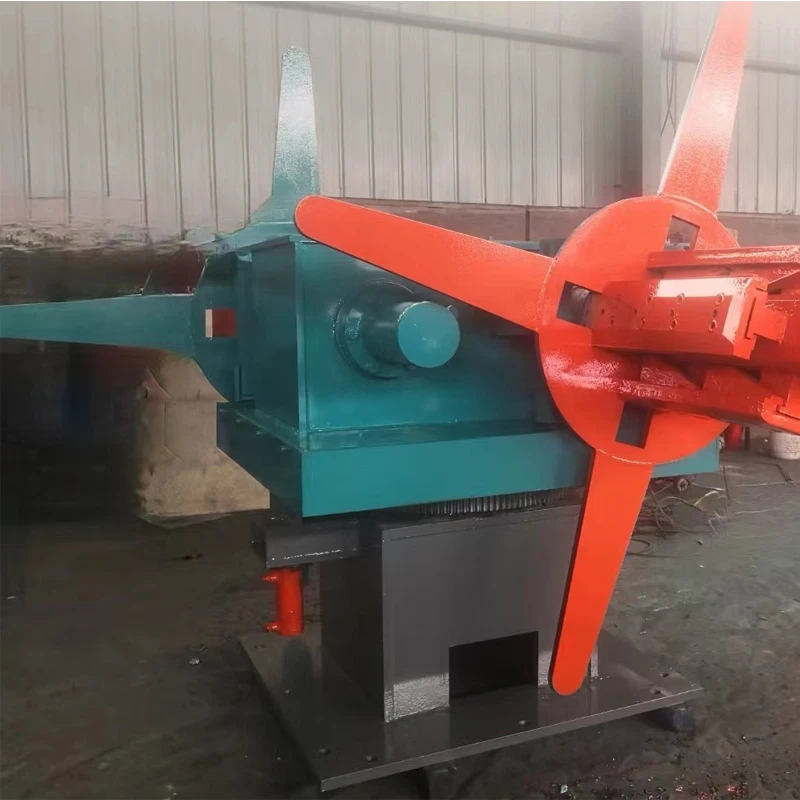light gauge steel roll forming machine
The Importance of Light Gauge Steel Roll Forming Machines in Modern Construction
In today's rapidly evolving construction industry, efficiency, sustainability, and structural integrity are paramount. Light gauge steel roll forming machines have emerged as a vital technology, providing innovative solutions for the fabrication of steel components. These machines streamline the production process, offering significant advantages in terms of weight reduction, material optimization, and construction speed.
Understanding Light Gauge Steel
Light gauge steel refers to steel sections with a thickness typically ranging from 0.5 mm to 3 mm. These thin-walled steel products are lightweight yet sturdy, making them ideal for various applications in the construction of buildings and infrastructure. Light gauge steel is often used in framing, roofing, and siding, offering high strength-to-weight ratios that traditional materials, such as wood, cannot match. This characteristic not only contributes to the structural integrity of buildings but also enhances their overall energy efficiency.
Roll Forming Process Overview
The roll forming process is a continuous bending operation in which a long strip of sheet metal is gradually and sequentially shaped into the desired cross-section using a series of rollers. The advantages of roll forming include the ability to produce long lengths of material with consistent dimensions and a smooth finish. Light gauge steel roll forming machines are specifically designed to handle flexible material that's easy to manipulate, allowing for a wide range of shapes and profiles.
In addition to simplistically producing standard shapes like C-sections or U-channels, advanced roll forming systems can be customized to accommodate unique design specifications, catering to the diverse needs of contemporary architecture.
Benefits of Light Gauge Steel Roll Forming Machines
light gauge steel roll forming machine

1. Efficiency and Speed One of the most significant benefits of light gauge steel roll forming machines is their speed. These machines can produce large quantities of steel components rapidly, significantly reducing lead times. The automation associated with modern roll forming machines minimizes manual labor, allowing contractors to focus on other critical aspects of construction.
2. Material Conservation The roll forming process inherently minimizes waste. By utilizing precise measurements and cutting techniques, manufacturers can significantly reduce scrap material. This aspect not only contributes to a more sustainable construction practice but also lowers costs for builders and clients alike.
3. Dimensional Accuracy Consistency and precision are vital in construction. Light gauge steel roll forming machines guarantee high dimensional accuracy, enabling the production of components that fit together perfectly. This precision reduces the need for adjustments on the construction site, ultimately speeding up the assembly process.
4. Versatility Light gauge steel can be adapted for a wide variety of applications, from residential homes to commercial buildings and industrial structures. The flexibility of roll forming technology allows for the production of customized solutions tailored to specific project requirements, whether that involves unique shapes or specialized coatings.
5. Sustainability In an age where sustainability is a priority, light gauge steel is an eco-friendly choice. Steel is recyclable, and using roll forming technology maximizes available materials while minimizing waste. Additionally, structures built with light gauge steel often have better energy efficiency, as they provide superior insulation when designed and assembled properly.
Conclusion
The emergence of light gauge steel roll forming machines is reshaping the construction industry. As builders increasingly recognize the benefits of lightweight, strong, and sustainable materials, the demand for roll-formed steel products continues to grow. These machines not only enhance production efficiency and reduce waste but also contribute to the creation of durable and energy-efficient structures.
As technology progresses, we can expect further innovations in roll forming techniques and machine capabilities, leading to even more brilliant solutions for the challenges faced in modern construction. For architects, builders, and engineers, investing in light gauge steel roll forming machines represents a forward-looking approach to achieving excellence in building projects, ensuring that they meet the demands of today and the sustainability goals of tomorrow.
-
High Frequency Straight Seam Welded Pipe Production Line-BzZhou Xinghua Machinery Equipment Manufacturing Co., LTD.|Precision Welding, High EfficiencyNewsJul.30,2025
-
High Frequency Straight Seam Welded Pipe Production Line|BzZhou Xinghua|Precision Welding&EfficiencyNewsJul.30,2025
-
High Frequency Straight Seam Welded Pipe Production Line - BzZhou Xinghua|Precision Engineering&EfficiencyNewsJul.30,2025
-
High-Frequency Straight Seam Welded Pipe Production Line-BzZhou Xinghua Machinery Equipment Manufacturing Co., LTD.NewsJul.30,2025
-
High-Frequency Straight Seam Welded Pipe Production Line-BzZhou Xinghua Machinery Equipment Manufacturing Co., LTD.|Precision Manufacturing, High EfficiencyNewsJul.30,2025
-
High Frequency Straight Seam Welded Pipe Production Line-BzZhou Xinghua Machinery Equipment Manufacturing Co., LTD.|Precision Steel Pipe Manufacturing&Industrial EfficiencyNewsJul.29,2025


